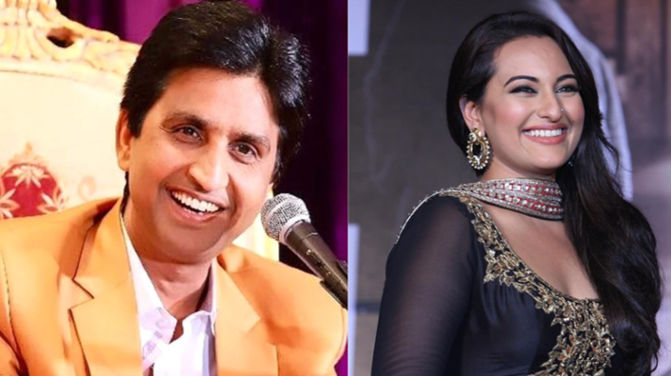About 16 years ago, the Archaeological Survey of India (ASI) following the orders of Allahabad High Court excavated the disputed land at Ayodhya which had become the cause of much heartburn in the Hindu society and mass uprisings of a scale never seen before in independent India.
The ASI finding was the key evidence on which the Supreme Court judgement relied on to provide justice to Hindus in a centuriesold claim which reached its peak in the 1990s. In a unanimous judgment CJI Ranjan Gogoi stated threefold to a packed courtroom: 1. There is clear evidence that Hindus believe Lord Ram was born at the site. 2. There was a structure underlying the disputed structure on that land. 3. The underlying structure was not Islamic.
That Hindus believe Lord Ram was born in Ayodhya wasn’t disputed by anyone who understands the veneration and importance to the deity in Hindu religion. The ASI team’s excavation provided ample evidence of the underlying structure making it beyond doubt its existence. However, there has been claims and counterclaims on the religious affiliation of the underlying structure which became the crux of the dispute. Even as matter is settled in the court and work for a magnificent Ram temple starts, fresh evidences surface vindicating the Hindu stand.
Even a casual Muslim observer with nonchalance of an expert eye admit to the symbols of being distinctly Hindu and not remotely related to Islamic structure. However, there was a Muslim who decades ahead of time had the courage to speak out the bold truth. Since the early 1990s, K.K. Muhammed, one of the key members of the ASI team that conducted the first excavation at Ayodhya, consistently maintained evidence suggested an ancient temple in the site.
What is more important is that Muhammed was part of the first excavation team led by Professor B.B. Lal in 1976- 77 much before the Hindu social movement to reclaim the holy birthplace of Lord Ram even gained pace. While Kalash as a symbol of prosperity in Hinduism pointed to the existence of structure back then, Shivling and idols of Devi Devtas put out by media during levelling of Ayodhya site cements it beyond doubt and etches it into Hindu psyche.
Hindu society stands vindicated and the grave sacrifices made by activists bears fruit. As a politician from Ayodhya who has properties adjacent to the site, seeing the makeshift temple of Lord Ram was a matter of pain to me. It not just represented the weakness of Hindus to have a magnificent temple akin to what Vatican is to Christians or Mecca to Muslims; it also was symbolic of a deep malaise in the Hindu society. Hinduism, unlike other religions, doesn’t owe its existence to a single Book. Different manifestation of the Supreme God is put forth with “seeking of truth” being the ultimate aim.
The rough definition ensured that Hindu society was spiritually ahead but scattered with spiritual uplift being an individual goal devoid of societal or political ramifications. Unlike Western religions which were used as political tools, the Indian culture was introduced to opportunistic religiosity and religious conversion by the invading foreign powers. Right from Mughal rule to the inquisition in Goa, Hindus throughout history didn’t grasp the subversive effects on their society via religion until India itself split on religious lines.
Barring the likes of Chhatrapati Shivaji or Maharana Pratap, Hindu society or Hindu rulers didn’t foresee the long-term impact the worldview of Mughal rulers and British colonialist would have on Bharatvarsha. In a way, the Ayodhya dispute was a growing realisation pent up over centuries that repression and division among Hindus worked to the benefit of foreign forces and left Bharat worse off.
Lord Ram and his birthplace became the perfect catalyst to reform the Hindu mentality, unify the masses and became much more than a land dispute. Hindu society stands vindicated and stronger than ever before even as India makes strides in the economic sphere. The Ayodhya excavations have showed that truth alone prevails. Now the Hindu society should manifest unity and competence to prevail in the global competitive economy as India fights the Covid-19 pandemic. The author is a politician, entrepreneur, tech enthusiast, blogger, columnist, TEDx speaker, SDG and government policy expert.







